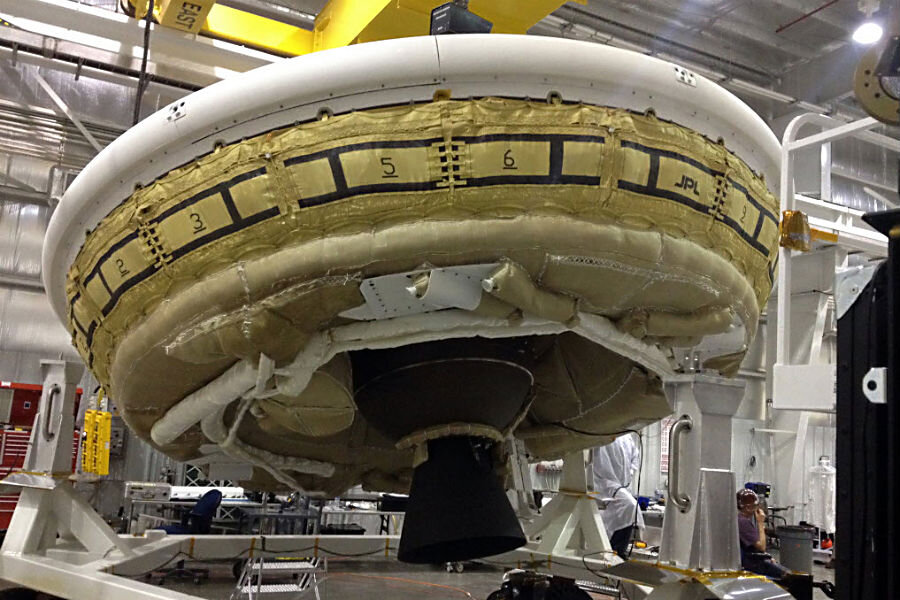Mars flying saucer test postponed due to weather
Loading...
| Los Angeles
Bad weather is preventing NASA from launching a "flying saucer" into Earth's atmosphere to test technology that could be used to land on Mars.
The space agency postponed a launch Wednesday and later scrubbed a scheduled Saturday attempt. It was to test a disc-shaped vehicle and giant parachute off the Hawaiian island of Kauai under atmospheric conditions similar to Mars.
For decades, NASA has depended on the same parachute design to slow spacecraft after they enter the Martian atmosphere. But it needs a larger and stronger parachute if it wants to land heavier objects and astronauts.
Mission managers are deciding their next move, including possibly extending the two-week test flight window that began last Tuesday. NASA has invested $150 million in the mission and any extension would cost money.
Copyright 2014 The Associated Press. All rights reserved. This material may not be published, broadcast, rewritten or redistributed.







